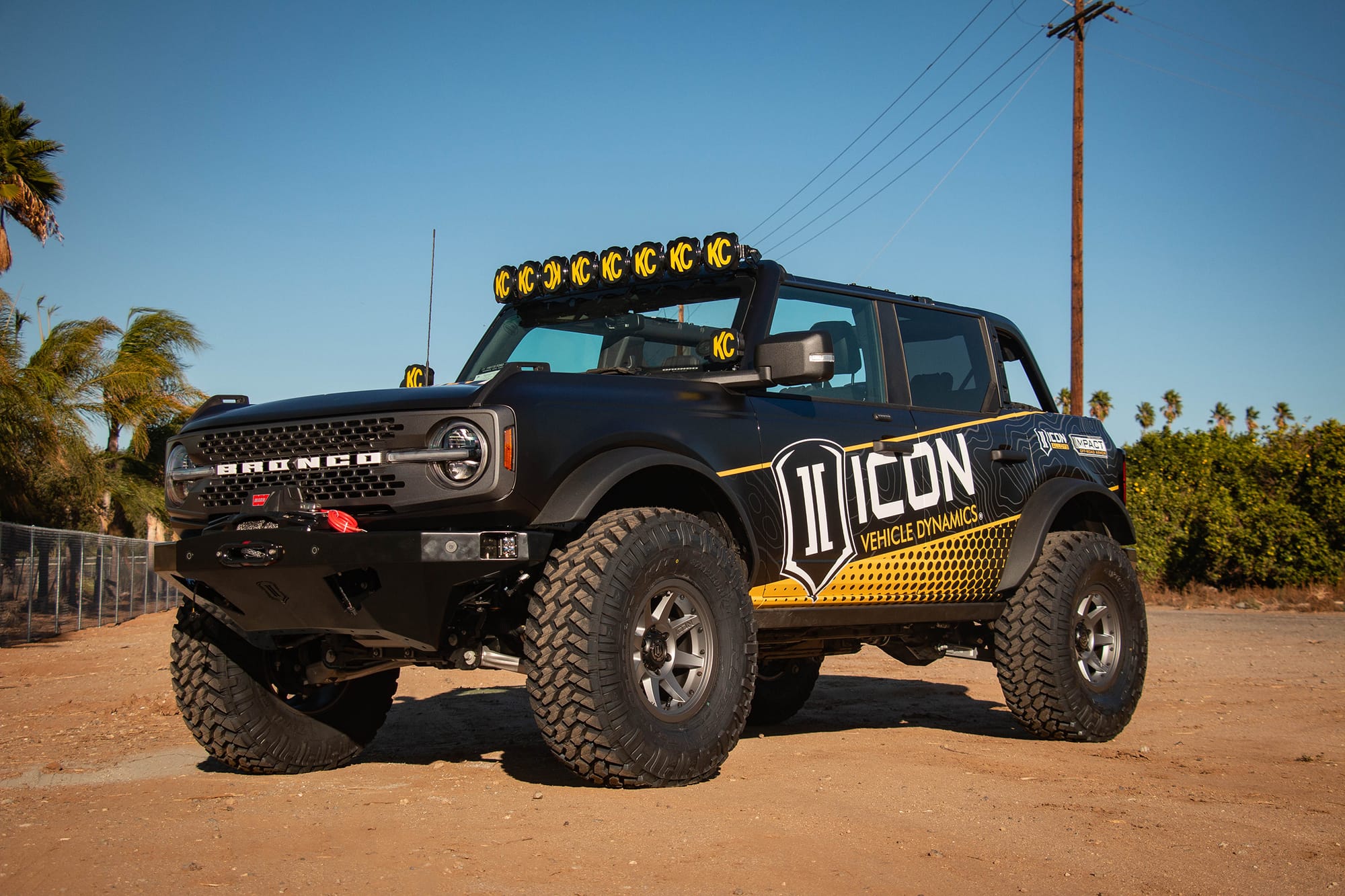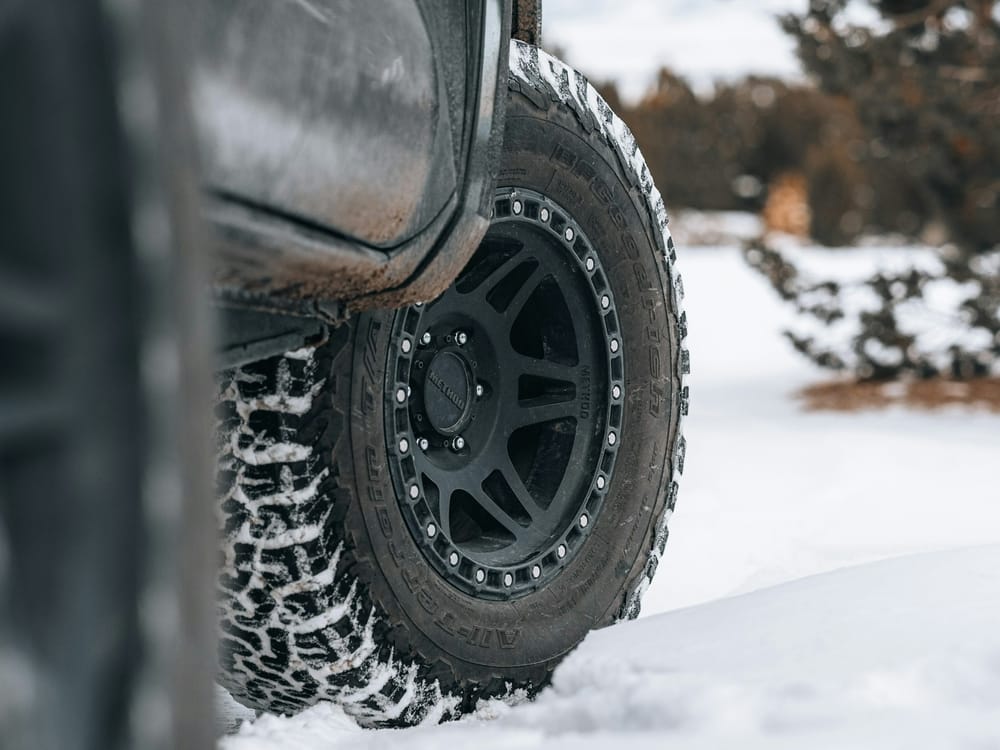This is part of our series: Building an Overland Vehicle: A Complete Guide to Upgrading Your Rig.
Now that we've explored the exciting world of Overlanding modifications, it's time to pump the brakes and consider some crucial factors before breaking out the tools or opening your wallet. While it's tempting to dive headfirst into upgrading your rig, careful planning will ensure your modifications are legal, cost-effective, and appropriate for your vehicle and needs. Let's walk through some key considerations to keep in mind before embarking on your modification journey.
Legal and Regulatory Considerations
The thrill of building your dream overlanding rig can quickly turn sour if you run afoul of local laws.

Common legal restrictions include:
- Lift height: Many jurisdictions limit how much you can lift your vehicle. For example, California restricts lifts to 5 inches above the original height.
- Lighting: Those ultra-bright LED light bars might look cool, but they could be illegal on public roads. Many areas require auxiliary lights to be covered when not in use.
- Tire protrusion: In some states, your beefy off-road tires might need to be fully covered by fenders or mud flaps.
Maintaining road legality is crucial. Not only does it keep you on the right side of the law, but it also ensures your vehicle remains safe for daily driving. Remember, your overlanding rig must often serve double duty as a commuter vehicle.
Insurance implications are another factor to consider. Some modifications may increase your premiums, while others could void your coverage if not disclosed. Always inform your insurance provider about significant modifications.
Budget Planning
Overlanding modifications can quickly add up, so smart budgeting is critical. Here are some tips:
- Prioritize based on need and cost: Start with essential upgrades that align with your immediate overlanding goals. Initially, a basic lift kit and all-terrain tires might be more important than that top-of-the-line roof tent.
- DIY vs. Professional Installation: While some mods are perfect for DIY (like installing a roof rack), others (like engine tuning) are best left to professionals. Weigh the cost savings against the risk of improper installation.
- Modding in Phases: Rome wasn't built in a day, and neither is the perfect overlanding rig. Spread out your modifications over time to ease the financial burden and allow you to test each upgrade thoroughly.
Vehicle-Specific Considerations
Not all modifications work equally well on all vehicles. Research is crucial:
- Make and Model Specifics: A great suspension lift on a Toyota 4Runner might not suit a Jeep Wrangler. Join online forums specific to your vehicle to learn from others' experiences.
- Warranty Implications: Some modifications can void parts of your vehicle's warranty. For newer vehicles, carefully review your warranty terms before making significant changes.
- Resale Value: While some mods can increase your vehicle's value in the overlanding community, excessive or poorly chosen modifications might limit your pool of potential buyers if you ever decide to sell.
To help you prioritize your modifications, consider the following decision tree:
- Is the modification essential for your planned trips?
Yes → Proceed to step 2
No → Consider delaying or skipping this mod - Is the modification legal in your area?
Yes → Proceed to step 3
No → Research legal alternatives or reconsider - Does the modification fit within your budget?
Yes → Proceed to step 4
No → Consider less expensive alternatives or save up - Can you install it yourself safely and correctly?
Yes → Go ahead with the modification
No → Factor in professional installation costs and proceed if still feasible
Find the Balance
The key to successful modification lies in striking a balance—a balance between capability and comfort, ambition and budget, and modification and responsibility. By carefully considering legal requirements, budget constraints, and vehicle-specific factors, you can create a rig that's not just powerful and well-equipped but also legal, reliable, and tailored to your unique overlanding aspirations.
Remember, the ultimate goal of these modifications is to enhance your overlanding experience, allowing you to reach those remote destinations safely and comfortably. So take your time, plan carefully, and soon, you'll be hitting the trails in a rig ready for whatever adventure comes your way.





